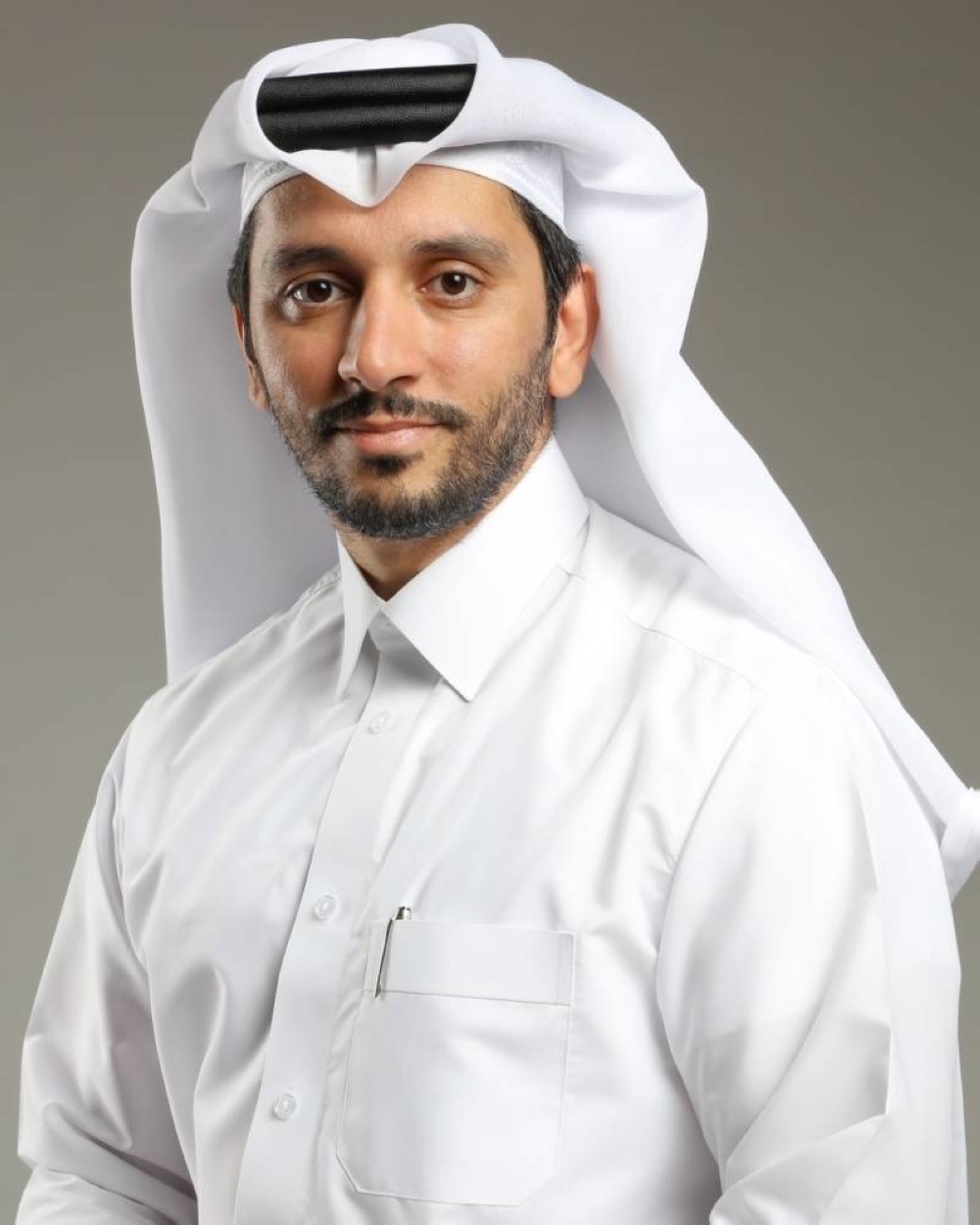This month QatarEnergy and Chevron Phillips Chemicals announced a $6bn investment in a major polyethylene production plant in Ras Laffan, the industrial hub around 80km to the north of Doha. It is a significant boost to the downstream petrochemicals industry in Qatar, as opposed to upstream which consists of the exploration and production of oil and gas.
The new plant includes an ethane cracker, with a capacity of 2.1mn tonnes of ethylene a year, doubling the country’s annual output. Production at the manufacturing site, which is 70% owned by QatarEnergy, 30% by Chevron Phillips Chemicals, is expected to begin in 2026. The plant, the largest of its kind in the Middle East, will also feature two high-density polyethylene (HDPE) derivative units, with a production capacity of 1.7mn tonnes per year. Resins produced with Chevron Phillips Chemicals’ PE loop slurry process account for around 20% of global production of HDPE.
Plastics based on polyethylene have a wide range of uses, from industrial parts such as pipes, to consumer goods in the leisure sector such as kayaks, as well as packaging for medical supplies and food. They are easily mouldable and resilient. Demand is projected to increase. There are environmental concerns regarding plastics, but progress is being made on recycling and on accelerating the biodegrading process. The Ras Laffan plant will be energy efficient and low on waste, the industrial partners announced.
The development marks a significant strategic advancement in the development of downstream industry in Qatar. The fact that it has been announced at a time of rising interest rates and a global economic downturn indicates that it forms part of long-term economic and business development, not a response to short-term market demands. It demonstrates that Qatar has established itself as a base for an economically advanced business cluster in petrochemicals, as well as upstream oil and gas. The Ras Laffan plant represents QatarEnergy’s most significant investment in the downstream petrochemicals sector.
Boosting economic prospects for Qatar still further is the fact that natural gas, the country’s primary export drawing on the North Field reserves which are the third largest in the world, can be used as a feedstock for the plant. Development of the North Field is being expanded, with output scheduled to increase from 77mn tonnes per year to 126mn tonnes by 2027.
The engineering, procurement and construction (EPC) contracts for various parts of the project have been awarded to a specialist, multinational team of contractors, which shows the diversity and maturity of the relationships that QatarEnergy has developed, and the attractiveness of Qatari projects.
The plant will boost the availability of high-skill, high-salary jobs in Qatar, including for graduates from an expanding higher education system. Economic benefits are set to extend beyond the natural gas and petrochemicals sector. There will be a multiplier effect, in which it is estimated that at least 50% of the investment will be spent in the local economy over the next three years. The announcement is well-timed for the Qatari economy, coming just one month after the end of the FIFA World Cup, helping prevent a post-tournament economic downturn.

